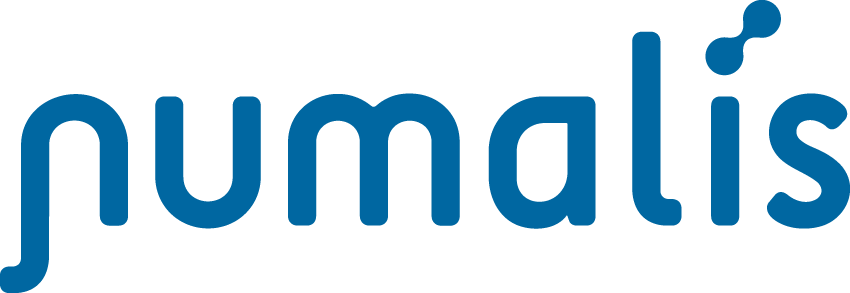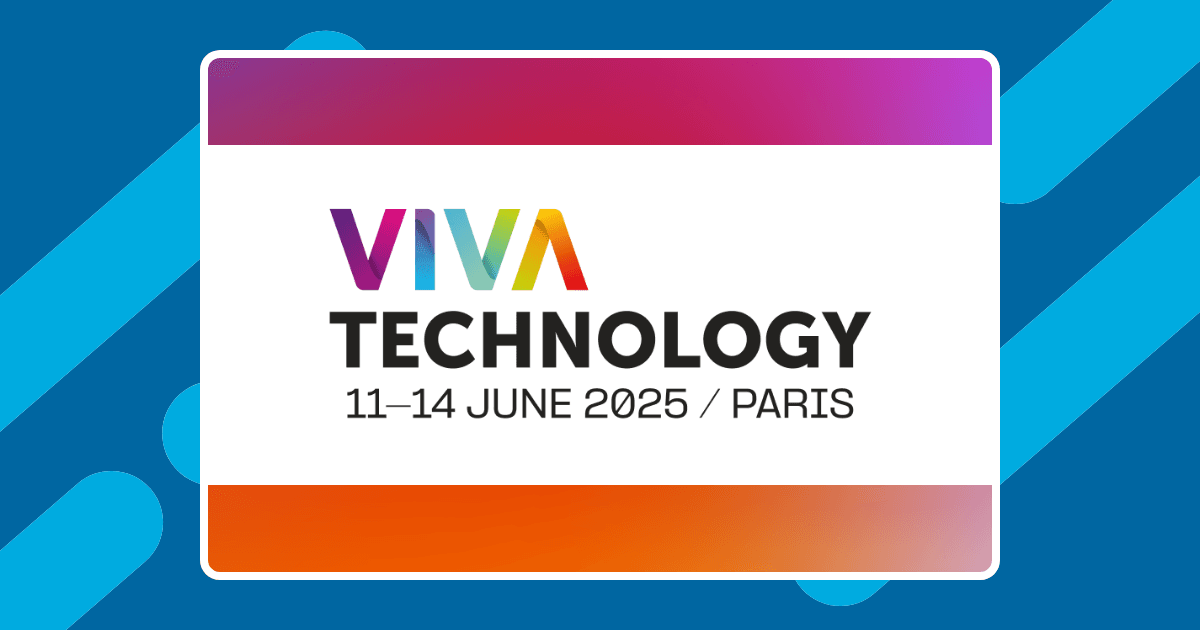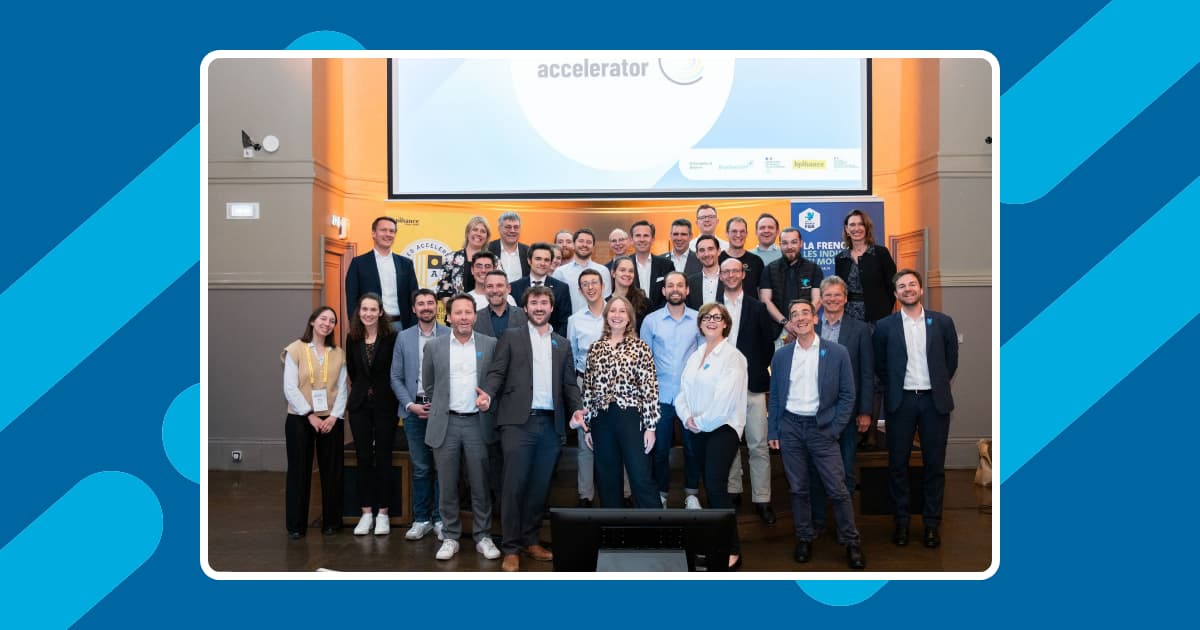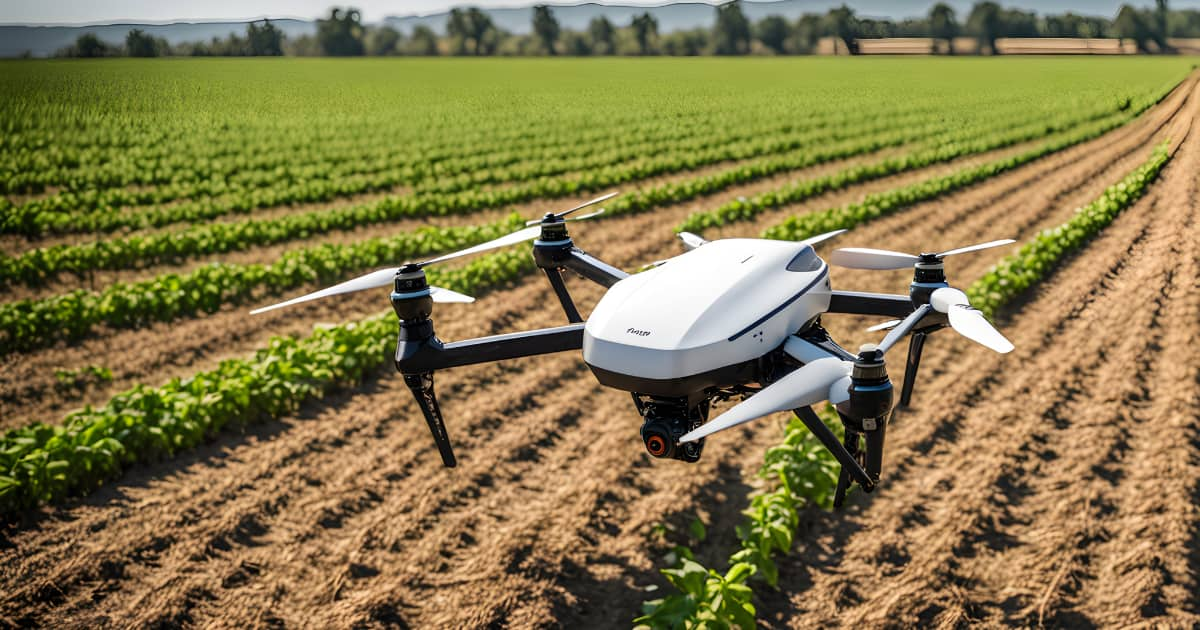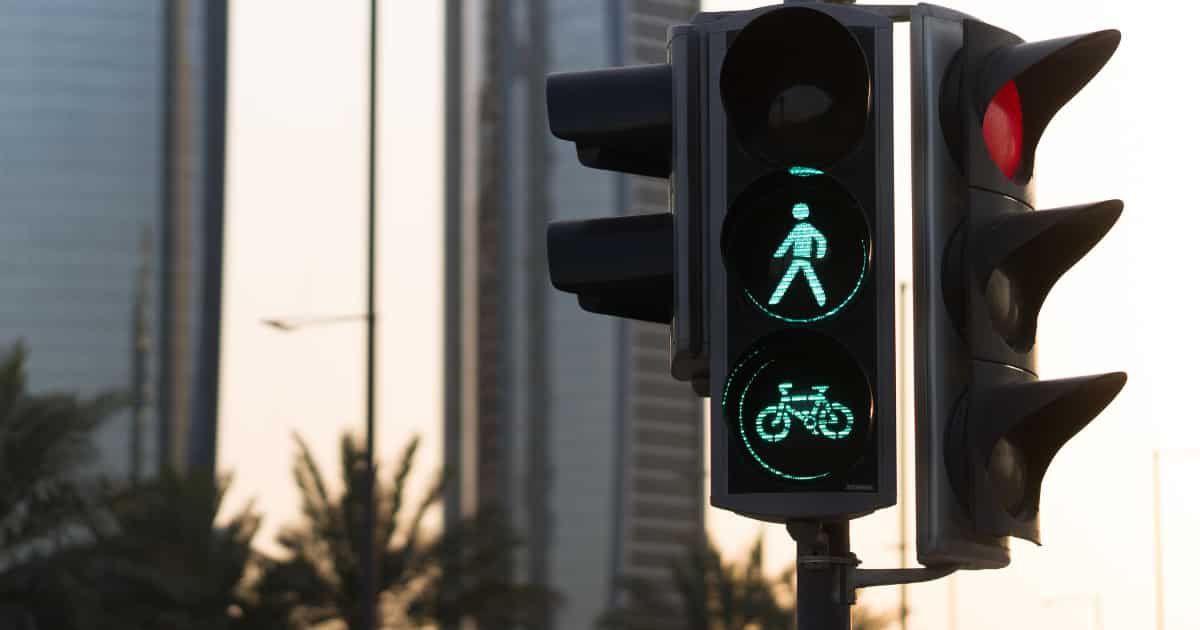Transportation underpins modern society, facilitating the movement of people and goods across distances. As of 2022, the global transportation industry boasted a market value of $7.31 trillion, underscoring its economic significance1. Both public and private sectors invest heavily in transport infrastructure—including roads, railways, and air transport networks—recognizing its pivotal role in economic development, urban planning, and social connectivity.
Technological innovation is reshaping the transportation sector, with IoT, cloud computing, and artificial intelligence(AI) driving significant advancements. The AI market in transportation alone is poised to reach $2.11 billion in 2024. Industry forecasts project robust growth, with the market expected to expand to $6.51 billion by 2031, representing a compound annual growth rate (CAGR) of 17.5%2.
AI is transforming transportation, driving efficiency and innovation across the sector. This article examines AI’s impact on transport, exploring key applications, measurable benefits, and emerging trends. We’ll analyze how AI is optimizing traffic management, enhancing safety, and improves decision support tools.
Benefits of AI in Transportation
AI impacts the transport industry by introducing cutting-edge innovations in this long-established industry. Primarily driven by data, AI leverages machine learning(ML), computer vision, and deep learning(DL) to extract valuable insights.
When integrated into different solutions, these techniques offer several key benefits in transforming the industry’s operations.
Improved safety and accident reduction: AI-driven systems can alert drivers of potential hazards and provide real-time updates on traffic conditions. Additionally, with many accidents occurring due to human negligence, AI-based monitoring can help drivers avoid unsafe behaviors.
The US Department of Transport reports that 3308 lives were lost due to distracted driving in 20223. Using computer vision, AI-driven monitoring can detect hazardous behaviors by drivers, such as cell phone use, smoking, and fatigue, to alert drivers of the danger.
Enhanced traffic management and congestion mitigation: AI enhances traffic management in multiple ways, including intelligent traffic lights management, travel time predictions, and traffic flow predictions, to better control congestion.
Increased efficiency and cost savings for businesses: Through predictive maintenance, route optimization, and intelligent traffic management, AI can improve fuel consumption, fleet, and workforce management.
For instance, AI-driven route planning can consider traffic patterns, road conditions, and stops to evaluate the best possible route, leading to up to 30% cost savings4.
Better user experience and convenience for customers: AI-driven solutions like autonomous vehicles and real-time monitoring are helping boost user experience. For instance, assistive driving is helping drivers reinforce safety habits on the road. On-time deliveries through route planning and real-time monitoring are helping transporters to be more reliable.
Reduced environmental impact and sustainability: Reducing the time vehicles spend in traffic is helping reduce toxic emissions. For instance, smart parking systems are helping cut the time drivers use to search for parking spaces. These systems would have a profound impact on the environment in cities where people spend a lot of time seeking parking spots.
For instance, in German cities, drivers spend an average of 41 hours per year looking for parking space. AI could help reduce this by intelligently predicting parking demand patterns5.
AI in transportation: Real-World Applications
Rapid globalization and urbanization have seen the need to develop intelligent systems that support the transport industry. AI is central to this, employing different techniques for real-time monitoring, power decision-support systems, and solving complex problems.
Here are the top use cases of AI in the transport industry.
Autonomous Vehicles
Autonomous vehicles(AVs) operate without drivers or with reduced driver supervision.
The global AVs market was valued at $104.87 billion in 2022 and is predicted to hit $614.88 billion by 20306. AVs use technologies and sensors like LiDAR, radar, GPS, AI, cameras, and sensors to perceive their environment, make decisions, and navigate autonomously.
Driving automation includes automated driving assistance systems(ADS) and advanced driver assistance systems (ADAS). Here are some of the roles AI contributes to self-driving vehicles7:
Computer vision
Computer vision algorithms are a key underlying technology in AVs. This technique uses visual data from onboard equipment so the vehicle perceives its environment accurately. Some of the methods that make up computer vision in AVs are:
Object detection for AVs: Self-driving vehicles identify and gather data through their various sensors and cameras. Object detection algorithms analyze these images to determine image classification and image localization. Deep learning algorithms like convolutional neural network(CNN) and You Look Only Once (YOLO) are employed to classify images correctly8.
These features allow the vehicle to spot and identify objects around it, like pedestrians, cyclists, and trees.
Depth estimation: The vehicle gathers information using RGB-D cameras, radar, and LiDAR, feeding it to DL algorithms for depth perception. Stereo vision and monocular depth estimation predict depth maps that allow the vehicle to perceive how far away objects are9.
Road conditions: Real-world road conditions are dynamic and challenging. Adverse weather may limit computer vision. However, using multiple data points, like LiDAR and 3D maps, the vehicle correctly identifies objects and estimates distance.
Lane detection: This is a critical part of self-driving, helping the vehicle identify and stay in lanes and ensure safe navigation. Onboard equipment captures visual data, which is processed using advanced DL algorithms.
Computer vision techniques used in lane detection include Hough transform, edge detection, and color manipulation. Libraries like OpenCV can use these algorithms to highlight and detect lane markings in real time. These techniques convert video frames, detect edges, and reduce noise to extract lane information from visual data10.
Intelligent Traffic Management
The number of vehicles on our roads continues to increase daily without corresponding expansion of road networks. The socioeconomic impact is profound, with the US economy losing nearly $87 billion in 2018 due to traffic congestion11.
Cameras, GPS, and sensors are the primary data sources from roads and vehicles. ML and vision-based algorithms draw insights from the data, helping the systems make intelligent decisions.
The signaling system is a critical component in traffic management. Adaptive signaling leverages multiple algorithms, including image processing algorithms, Intelligent traffic control(ITC) for intelligent planning at intersections, and arterial traffic light control algorithms12.
Intelligent traffic control systems have had an impact on two main areas:
Traffic flow prediction: AI-powered predictive analytics systems can use historical and real-time data to determine cognitive patterns. The relevant insights help authorities to determine the traffic intensity and forecast traffic flow patterns.
Traffic signal optimization: AI-powered signaling systems do not depend on fixed schedules, which can result in inefficient traffic flow. These systems use real-time data to align with shifts in demand, optimizing signal timing.
Additionally, a predictive system can anticipate gridlocks beforehand using data from multiple sources, such as weather, traffic sensors, cameras, and historical patterns. Intelligent systems can help city planners reroute traffic to less congested roads.
Multiple cities have deployed AI-powered traffic control systems. Examples include
Vienna and Rome: The system integrates ML techniques and dynamic traffic modeling to optimize traffic flow and reduce congestion.
Los Angeles: Authorities in the city implemented an AI-based traffic solution that cut traffic congestion in some areas by 16%13.
Pittsburg, USA: Authorities implemented an AI-powered system to optimize traffic signaling, which resulted in a 25% reduction in congestion14.
License plate recognition
AI-powered license plate recognition(LPR) primarily uses computer vision algorithms to detect and identify license plates. Using image recognition algorithms and OCR techniques, a cloud-based central server can analyze and process images to determine the characters on plates.
With millions of cameras on our roads, law enforcement has used these systems to identify vehicles with suspicious behavior.
An AI-based LPR system can also be used for toll road collection, reducing delays and improving traffic flow at toll stations. The system can automatically read a vehicle’s license numbers and charge the user’s account.
AI-powered LPR is also relevant for automated parking. It helps determine the number of parked vehicles and the time used per vehicle. The intelligent system can then detect and determine empty and soon-to-be-empty parking slots.
AI-driven vehicle telematics
Telematics facilitates the transmission of data between vehicles and a central operational server. These systems harvest troves of data, especially for connected fleets. When subjected to ML and DL algorithms, these datasets reveal a lot about vehicles helping transport managers enhance operations.
AI-powered telematics makes it possible to accomplish the following:
Predictive Analytics
Predictive models use ML data mining, and statistical analysis to detect and determine patterns. Using historical and new data, predictive models can accurately determine vehicle attributes ranging from maintenance to fuel consumption.
Decision trees, neural networks, time series algorithms, and support vector machines (SVM) are some of the algorithms used to build predictive models15.
With pattern recognition attributes, predictive models can use telematics systems to assess vehicle conditions. These preemptive approaches help maintenance teams anticipate and deal with failures before they escalate. For instance, such systems can predict a fleet’s needs, helping overcome challenges associated with downtimes and repairs.
Route optimization
AI-powered route planning and optimization solutions determine the best route for vehicles based on various factors. The solution considers multiple variables, such as traffic, weather, and time of day.
Greedy and genetic techniques are some of the algorithms used to build route optimization models16. Transit providers use such systems to route vehicles away from congested areas, saving resources and reducing emissions.
AI in Mobility-as a service and public transport
Mobility-as-a-service(MaaS) augments public transport systems, especially in urban centers. Ride-sharing companies like Uber and Lyft are significant players in this space.
Here are some of the ways AI contributes to MaaS and ride-sharing.
Predicting demand
Advanced machine learning models analyze real-time traffic patterns, historical trends, and user behavior to accurately predict hourly demand. Neural networks can uncover both temporal and spatial patterns in ride demand. By analyzing correlations between neighboring areas, these AI models predict citywide transportation needs with remarkable accuracy17.
This intelligent system anticipates where and when riders need service, allowing companies to strategically deploy idle vehicles. This enables companies to maximize fleet utilization, reduce wait times, and seamlessly match supply with demand.
AI in public transport
There are MaaS systems, like those in Helsinki, that integrate public transport. AI-powered systems can uncover real-time insights depending on demand dynamics in public transport. Real-time information can determine traffic and demand patterns to support decision-making, especially at peak hours.
Authorities can adopt AI-powered demand-responsive transport instead of traditional fixed bus routes. This service uses optimization algorithms to provide highly personalized transport solutions. NEMI, a mobility company operating in Spain, uses such a solution, with the AI simulating demand, helping the company cover broader routes and reduce travel times18.
Estimated travel time(ETA) in Air travel
Flight delays have become commonplace, causing disruptions and costing airlines millions. Accurate ETAs are essential for optimized airspace operation and providing value to passengers, especially those connecting to other flights. It is possible to determine arrival times by training ML models with data from sources like radar, weather stations, and aircraft sensors.
An American airline, Jetblue, has implemented a solution that provides hyper-accurate ETA tailored to different airports and flight paths. As a result, the airline saves $300,000-$600,000 per hub annually. The solution can predict delays hours or days in advance, allowing the airline to adjust its schedule and reroute traffic appropriately and proactively19.
Predictive maintenance in railway transport
Railway operators are also using AI to tackle numerous problems, including proactive maintenance.
AI-driven predictive maintenance is helping railway operators proactively anticipate equipment failures in locomotives and infrastructure. These AI solutions use historical data and real-time information from sensors to detect early signs of wear and tear.
Failure and error detection in rolling stocks: Minimizing faults reduces downtime and prevents capital loss. Sensors on bolts, angle cocks, and other underframe components gather data which is fed to an AI engine for predictive analytics20.
DL algorithms like long-short-term memory(LSTM), Bayesian networks, and SVM have been used to develop predictive maintenance solutions for rolling stocks21. Using sensor data, the AI identifies equipment degradation and failure early enough for proactive maintenance, reducing the chances of costly breakdowns22.
Wheel and track condition monitoring: Rail defects, track geometry, deterioration, and wheel wear and tear need constant monitoring. Using AI approaches like SVM, fuzzy neural networks and Naive Bayes, models can predict failures. Operators can use this for decision support, making predictive maintenance dynamic and responsive to changing needs23.
AI constantly monitors track and wheel conditions using real-time data and looks for patterns to identify anomalies. This helps operators optimize operations and avert crisis.
ZF Group, a company developing innovative rail technologies, uses AI to monitor track conditions, wheel fatigue, and damage using rail vibrations. Their solution uses data from inertia sensors to identify possible failures24.
Operational optimization for Railway companies.
According to a study by UIC, operators who implemented predictive maintenance saw a 15% boost in reliability and a 20% reduction in maintenance costs25.
Some of the areas AI is used for operational optimization include:
Crew and shift optimization: AI can generate efficient staff schedules, avoiding overlaps and allocation inefficiencies. In some instances, AI-powered shift planning has resulted in a 10%-15% optimization of shifts and cuts in labor costs.
Energy efficiency management: AI is impacting railway energy management. Intelligence systems recommend to drivers where to accelerate and brake. SNCF, France’s national railway company, has implemented this system and has slashed energy consumption26.
Emerging applications and trends
AI applications are expanding to even newer forms of transportation. Here is how AI is influencing trends in the transport sector:
Urban air mobility(UAM), a newer mode of transport, is an exciting space due to advancements and the maturity of multiple technologies. This type of transport allows passengers and cargo to travel efficiently over dense cities and congestion.
AI can be used to predict traffic congestion and demand for UAMs. Operators can use AI-driven systems to determine traffic patterns over a given period, enabling them to accurately forecast seasonal demands27.
Similar to self-driving cars, AI can scan the sky for potential hazards, helping UAMs navigate. Models based on deep CNN can detect air traffic and warn of unresponsive traffic like birds and drones28.
A Swiss startup, Daedalean, uses computer vision and neural networks to solve various problems facing UAMs. Their platform helps these aircraft with visual traffic detection, guidance, and emergency landing guidance29.
Other applications of AI in UAMs include predictive maintenance and decision support. These ensure improved safety, reduce cost, and minimize downtime.
Challenges and Considerations
Ethical concerns(data privacy and security): AI in transport uses multiple data sources, including personal information such as biometrics, traffic, and even financial data. Incorporating personal data without user consent presents significant risks and privacy violations.
Transport companies using biometric data, such as facial recognition, without authorization is a privacy invasion and can lead to misuse. Mass surveillance, such as license plate recognition applications, can also lead to privacy breaches.
Consent must be obtained to mitigate this, and robust system security must be used to deter and protect data. Other ways to overcome these challenges include data anonymization and minimization and implementing practices like embedded privacy.
Safety concerns: There’s still a lot of mistrust about the use of AI, especially in self-driving vehicles. The fear has been exacerbated by incidents featuring the Tesla autopilot and Uber self-driving systems. The AI system may fail to work correctly in unprecedented situations such as natural disasters or widespread protests.
As such, these systems must undergo thorough testing and simulations. Regulations must also be clear regarding where responsibilities lie in different scenarios.
Regulatory complications: There are concerns about the regulatory frameworks for using AI in transport. For instance, in autonomous vehicles(AVs), there are still complications about who is responsible for different points of failure. Policymakers must create standardized frameworks for developing, testing, and deploying AI solutions in critical transport spaces like AVs and UAMs.
Adhering to regulations from different jurisdictions is critical for AI systems to succeed. For instance, any AI system in Europe must adhere to GDPR and EU AI ACT, and must adhere to CCPA guidelines in California.
Workforce disruption and job displacement: There are fears that technologies like self-driving and AI-powered UAMs will result in drivers losing work. Additionally, with intelligent traffic management systems, traffic marshalls may lose their jobs. The common consensus is that there is a need for upskilling because new roles will emerge30.
Infrastructure readiness and investment requirements: Much work needs to be done to support the use of AI in our transport system. Many cities have incompatible infrastructure, meaning integrating AI solutions is complex and costly.
Strategies for Implementing AI in Transportation
- Developing a clear AI roadmap and strategy: Transport organizations, authorities, and developers must start by evaluating their readiness and capabilities, including data management and infrastructure. A readiness report would help in developing a clear roadmap.
- Fostering partnerships and collaborations with tech providers: Transport authorities might struggle to develop robust AI projects. It’s, therefore, paramount to partner with experienced developers to build and manage AI systems.
- Investing in data infrastructure and talent: Establish an integrated data management solution to assist the deployment of AI algorithms. It’s also prudent to upskill existing staff and recruit AI experts.
- Prioritizing user experience and stakeholder engagement: AI projects can be very complex. However, to encourage adoption, complexities must be masked by an intuitive user experience. Stakeholder engagement must be done throughout the project to ensure buy-in and satisfaction.
- Ensuring scalability and adaptability of AI solutions: Build flexible AI systems with architectures that handle increased data volumes. Developing modular systems enhances adaptability, allowing project owners to update their systems efficiently.
Conclusion
AI is revolutionizing transport, introducing different applications and evolutions in air, railway, and road transport. From autonomous vehicles to predictive maintenance, AI impacts how we move, redefining old processes and boosting efficiency. Integrating AI in transport promises improved safety, reduced costs, and reduced traffic congestion.
Authorities and transport companies looking to integrate AI into different workflows must have clear action roadmaps. They must foster partnerships and invest in infrastructure while addressing user problems. AI projects must address user concerns.
Transport is a cornerstone of modern society, so we expect to see even more innovations. However, for widespread acceptance, AI implementation must address privacy concerns and adhere to the law, among other requirements.
- Transportation Market Size to Soar! $11.1 Trillion by 2030 ↩︎
- Artificial Intelligence in Transportation Market – Companies, Size, Share & Research Analysis ↩︎
- Distracted Driving Dangers and Statistics | NHTSA ↩︎
- Route optimization helps to reduce fuel costs up to 30% – GSM Tasks ↩︎
- Infografik: So lange sind die Deutschen auf Parkplatzsuche | Statista ↩︎
- Autonomous Vehicle Market Size and Share | Statistics – 2030 ↩︎
- Applications of Computer Vision in Autonomous Vehicles: Methods, Challenges and Future Directions ↩︎
- Computer vision challenges in autonomous vehicles: The future of AI | SuperAnnotate ↩︎
- Applications of Computer Vision in Autonomous Vehicles: Methods, Challenges and Future Directions ↩︎
- Real-Time Lane Detection for Self-Driving Cars using OpenCV ↩︎
- The ‘full-stack’ :: behind autonomous driving ↩︎
- How our cars drive – Waymo One Help ↩︎
- https://www.tesla.com/AI ↩︎
- Traffic congestion cost the US economy nearly $87 billion in 2018 | World Economic Forum ↩︎
- Overview of Road Traffic Management Solutions based on IoT and AI – ScienceDirect ↩︎
- AI in Traffic Management: 5 Effective Ways ↩︎
- Management of traffic conditions on highways with AI ↩︎
- Predictive modelling, analytics and machine learning | SAS UK ↩︎
- AI Route Optimization: Does it Really Make Delivery Operations Efficient? ↩︎
- AI in transportation | PTV Group ↩︎
- The impact of AI in mobility – Factual Consulting ↩︎
- Predicting Flight Delays: How Airlines Are Harnessing AI to Minimize Disruptions – Cirium ↩︎
- A literature review of Artificial Intelligence applications in railway systems – ScienceDirect ↩︎
- LSTM-based failure prediction for railway rolling stock equipment – ScienceDirect ↩︎
- LSTM-based failure prediction for railway rolling stock equipment – ScienceDirect ↩︎
- A literature review of Artificial Intelligence applications in railway systems – ScienceDirect ↩︎
- AI looks for patterns to identify track and wheel faults | News | Railway Gazette International ↩︎
- The journey toward AI-enabled railway companies ↩︎
- The journey toward AI-enabled railway companies ↩︎
- Machine learning (ML) applications in Urban Air Mobility and eVTOL | by Pieter Steyn | Towards Data Science ↩︎
